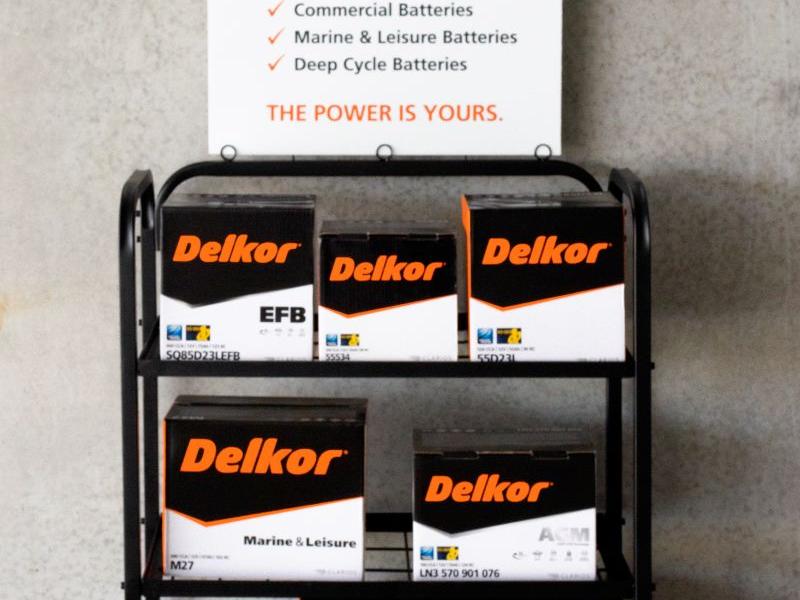Lux and lumen figures are frequently quoted when describing light performance, but what does each actually mean and how can they be used to help you purchase driving lights, light bars and even globes?
In simple terms, lumen is the total volume of light emitted from a source, such as a driving light. Lux, on the other hand, is the intensity or brightness of this light when it hits a specific area or object away from the source.
Raw versus effective lumen
Firstly, there are two types of lumen figures – raw and effective. Raw lumens refer to the maximum potential light volume of LEDs and is often a calculated or theoretical figure rather than measured. It should therefore be taken with a grain of salt when comparing light performance. Effective lumens are much more relevant because they are measured from an actual running light that is affected by its design, including how hard the LEDs are driven, its heat management and optics, as well as real world conditions like ambient climate and electrical current available. Effective lumen figures are therefore always less than raw counterparts, but much more representative of real-world performance and a better comparison of volume from light to light.
Lux – what does it have to do with newspapers?
The lux figure is usually combined with a measure of distance to give an idea of how visible something might be at that distance. For example, a driving light’s beam may shine one lux at 900 metres. One lux – said to be bright enough for someone with 20/20 vision to read a newspaper – is a fairly standardised level of brightness, so differences in performance between brands and models are usually seen in the amount of distance the light can throw one lux at. A less powerful light may produce one lux at only 400 metres. And yes, this means you could theoretically sit 400 metres away from the driving light with a newspaper and be able to read it.
There’s more to the story, though. When comparing lux and lumen from light to light, it’s important to understand their relevance and limitations for your specific application, as well as some other factors that impact how well a light performs for you.
Variables affecting light brightness and intensity
Beam pattern is one such area. A laser pointer may provide 1 lux of brightness on a concentrated spot at a very long distance, but isn’t particularly useful for finding your way through the dark because of the tiny amount of volume (lumens) being produced with an incredibly focused beam pattern. Conversely, a bedroom light globe with no reflector – and therefore an unfocused beam – will emit plenty of light volume (lumens) around you but struggle to illuminate anything more than a stone throw away.
Within automotive lighting applications we find more of a balance between volume and intensity and shift the beam pattern for various situations. Take a standard 55w/60w H4 halogen globe that is fitted to a headlamp; these output around 1,500 lumens, most of which is directed from the headlamp onto the road. In most cases both the high and low beams produce about the same number of lumens, yet most of us would describe the high beam as brighter than the low; this is because the low beam spreads the light over a wider area, while High focuses the light into a narrower beam to give distance. Both have similar lumens, but the high beam will have a higher lux at long distances and the low beam will have higher lux out to the sides where it throws more light.
Which brings us to an important point about lux: we can also use it to indicate how wide a light beam can shine.
Afterall, width is a measurement of distance too, just out to the side. For example, if a driving light can produce one lux at 60 metres width, measured at 400 metres, it means we should have newspaper quality illumination sitting 30 metres either side of the vehicle’s centre, at a point 400 metres down the road.
Combined with an effective lumens figure and/or beam diagram pattern, we start to get a fuller picture of light performance in applications such as 4WDing or unsealed and country roads, where early warning signs of kangaroos and track illumination will benefit more from a large and uniform spread of light than telescopic distances of penetrating light or hotspots.
This doesn’t mean you have to compromise, though. Premium LED driving lights such as NARVA’s Ultima MK2 series utilise a hybrid beam pattern that offers the best of both worlds, combining precision optics and high-powered LEDs for enormous volumes of light to the sides and down the road (15,410 effective lumens and 1 lux at 1093m). NARVA’s driving lights are developed and tested at their facility in Knoxfield, Victoria, where an in-house photometric light lab plays an integral part – measuring lumen and lux figures and beam patterns – allowing NARVA’s engineers to optimise performance for real world conditions.






